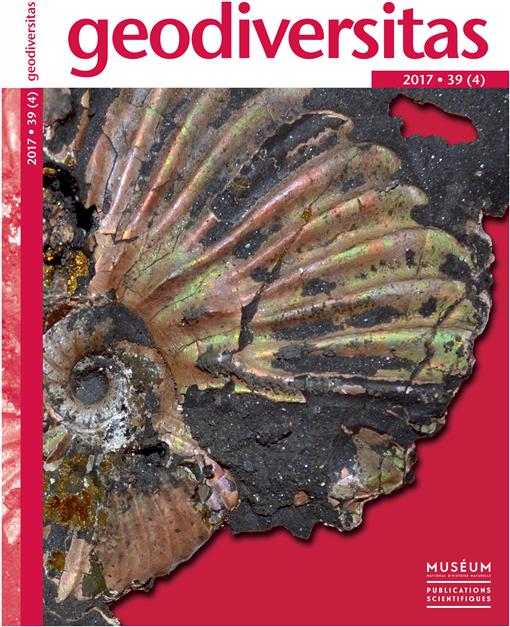Excavations carried out between 2001 and 2006 in the Early Pleistocene locality Senèze (Haute-Loire, France) yielded the fragment of a large upper incisor with anteriorly grooved enamel band, documenting a large-bodied rodent in Senèze for the first time. A thorough study of this incisor and particularly of its enamel microstructure led to its assignment to Hystrix refossa Gervais, 1852, despite the presence of longitudinal grooves which are usually considered as characteristic of the castorid genus Trogontherium Fischer von Waldheim, 1809 and which have not been noticed in Hystrix Linnaeus, 1758 so far. The presence of H. refossa is in accordance with the partly steppic environment previously documented in the Senèze locality.
How to translate text using browser tools
29 December 2017
A Hystrix Linnaeus, 1758 incisor (Mammalia, Rodentia) from the Early Pleistocene of Senèze, France
Thomas Mörs,
Marguerite Hugueney
ACCESS THE FULL ARTICLE
It is not available for individual sale.
This article is only available to subscribers.
It is not available for individual sale.
It is not available for individual sale.
<
Previous Article
|

Geodiversitas
Vol. 39 • No. 4
December 2017
Vol. 39 • No. 4
December 2017
enamel microstructure
Hystricidae
microstructure de l'émail
morphologie dentaire
Old World porcupines
palaeoenvironment
paléoenvironment




